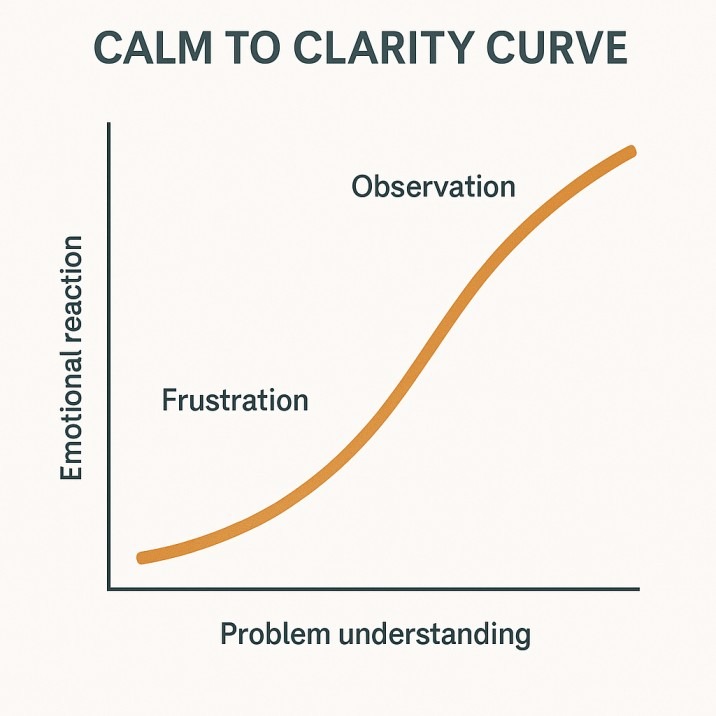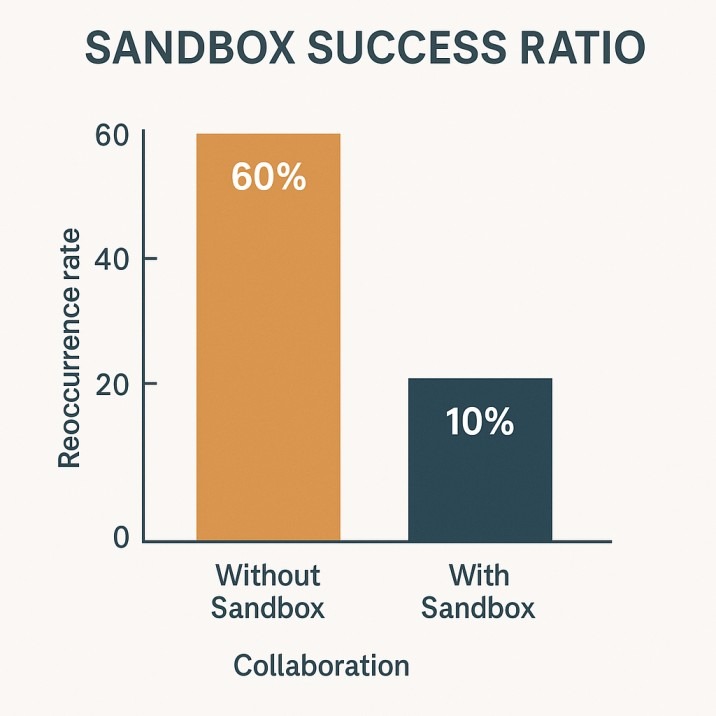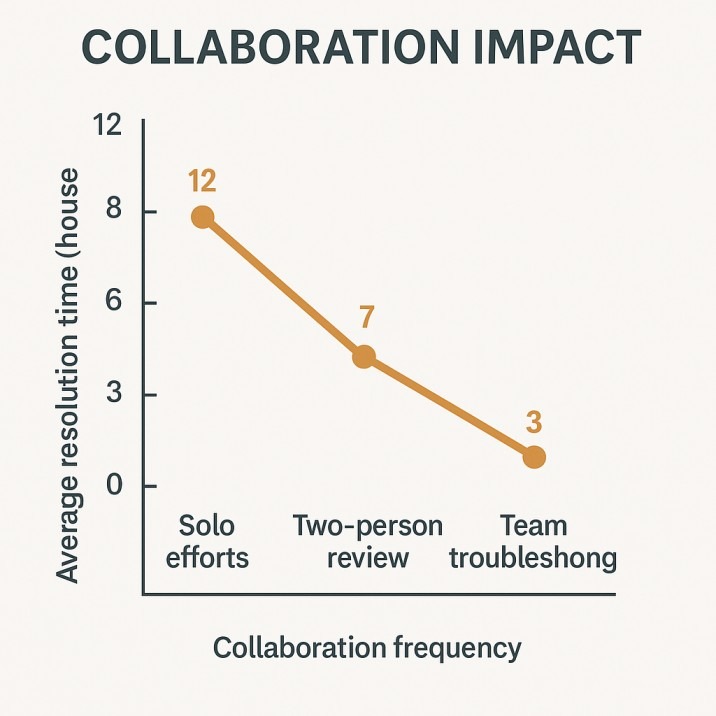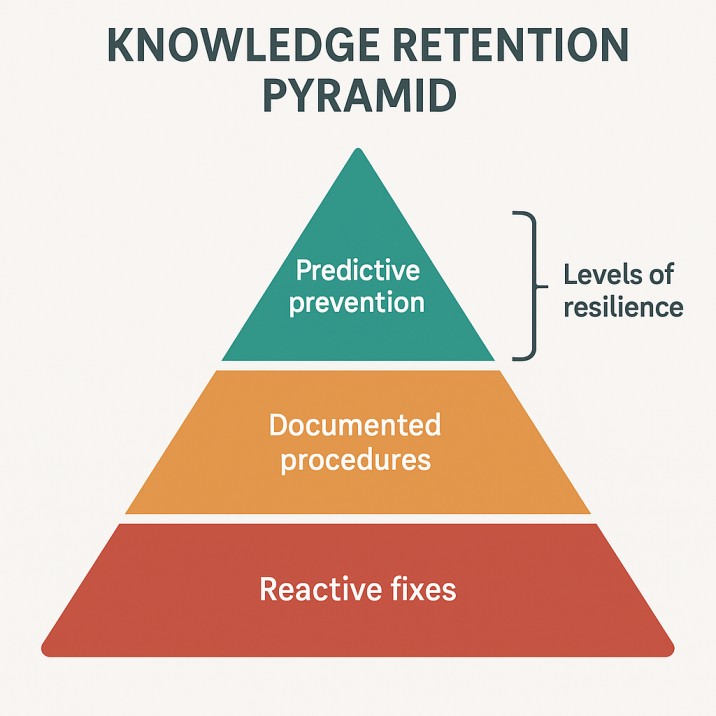Every digital workspace—no matter how sleek or automated—eventually encounters technical issues. They can appear as a slow-loading website, a misfiring plugin, a sudden app crash, or an unexplained drop in performance. Yet what separates a flustered user from a confident problem-solver isn’t luck; it’s process. Troubleshooting technical issues like a pro means staying calm, methodical, and curious, rather than reactive.
Troubleshooting technical issues like a pro means thinking systematically instead of reacting emotionally. It starts with calm observation, pattern recognition, and logical testing to identify the root cause. Professionals gather data, replicate errors safely, and verify each fix through real-world validation. This structured approach prevents recurring failures, strengthens technical confidence, and turns every glitch into an opportunity to learn and improve future performance.
The Calm Before the Fix
The first rule when dealing with technical issues is psychological, not technical: don’t panic. Emotional reactions cloud judgment and lead to impulsive fixes that may cause greater harm. Professionals treat every glitch as data. They pause, observe the symptoms, and note what still works. This mindset converts frustration into inquiry, creating space for clarity.

When a website refuses to load or a file won’t sync, the best move is to step back and define the scope. Is it a local device issue, a network issue, or a software conflict? Professionals start by isolating one variable at a time rather than trying five random solutions.
Diagnosing the Source
Every technical issue has a pattern hidden beneath the chaos. Professionals rely on evidence, not assumptions. They replicate the issue deliberately to see if it’s consistent. They log the error codes, note timestamps, and observe behavior under different conditions.
A methodical check might include clearing caches, testing another browser, disabling extensions, or logging activity on the server. It’s not about doing everything—it’s about doing the right next thing.
Gathering Clues Through Context
Professionals know that context is as valuable as code. When facing recurring technical issues, they document everything. What changed before it broke? Were there new installations, version updates, or permission modifications?
Logs and version histories are like crime scene reports—they tell you who touched what, when, and how. Patterns emerge over time. Once a specific trigger appears in multiple cases, it can be neutralized before spreading to production environments.
Recreating the Error Safely
One of the core habits in professional troubleshooting is replication. Before fixing anything, replicate it in a controlled environment. If the issue can’t be reproduced, the solution will be guesswork—and guesswork rarely scales.
By duplicating the environment (using a staging site or virtual sandbox), you can test without risk. This allows experimentation with settings, plugins, or code snippets that would otherwise disrupt live users.
It’s also how professionals build internal libraries of known problems and verified fixes. Over time, these archives become the backbone of technical efficiency.

Using Data to Guide Intuition
Troubleshooting isn’t guesswork—it’s analytics in disguise. Performance logs, server response codes, error rates, and user behavior metrics can all reveal the hidden anatomy of a problem. Professionals use dashboards and monitoring tools to spot anomalies before users even report them.
A spike in CPU usage may point to a looping script. A sudden surge in 404 errors may mean a broken redirect. Each metric whispers a clue; the key is to listen systematically.
Collaboration Over Isolation
The myth of the lone genius debugging in silence is outdated. Modern troubleshooting thrives on communication. Professionals share error logs, screenshots, and short Loom recordings with peers. They open concise tickets that specify what happened, what was expected, and what changed.
Cross-team transparency accelerates resolution because developers, designers, and IT specialists see the same puzzle pieces simultaneously. Clear documentation avoids duplication of effort and shortens incident response time.

Fix, Test, Verify
When applying a solution, professionals don’t celebrate too early. Fixing is only half the process; verifying is what closes the loop. They run regression tests to ensure the fix didn’t cause new side effects. They ask, “What else depends on this?”
Verification also includes user validation—testing from the end-user perspective, not just the backend. A page might technically load but still break layout on mobile. Quality assurance means the solution works under real-world conditions.
Learning and Documenting for Future Resilience
Every solved problem is a training manual in disguise. Documenting how technical issues were resolved builds organizational memory. A company that logs not only what broke but also why it broke gains a strategic advantage.
This documentation prevents repetition, reduces onboarding friction, and helps teams learn from each other’s experiences. Troubleshooting stops being reactive firefighting and becomes preventive architecture.

Final Words
Troubleshooting technical issues like a pro isn’t about knowing every answer—it’s about knowing how to find them efficiently. The true mastery lies in balancing logic and intuition. Professionals blend patience with pattern recognition, data with instinct.
Over time, they develop a mental model that anticipates failure points before they happen. They know when to automate monitoring, when to escalate to experts, and when to simply restart. They treat each glitch as a temporary signal in an evolving ecosystem.
In the end, facing technical issues is less about tools and more about temperament. Technology rewards those who stay curious longer than they stay frustrated. The best troubleshooters don’t just solve—they evolve.
Andrea Balint is a writer and researcher focused on human behavior, workplace psychology, and personal growth. Through her work at CareersMomentum, she explores how mindset, leadership, and emotional intelligence shape modern careers. With a background in communication and HR development, she transforms complex ideas into practical insights that help readers build clarity, confidence, and professional purpose.
